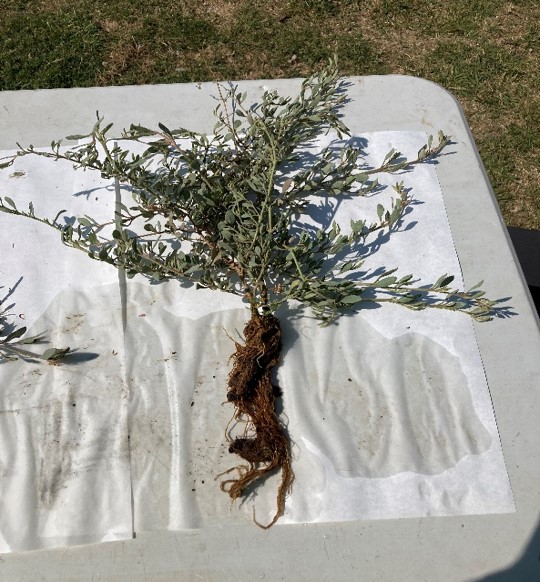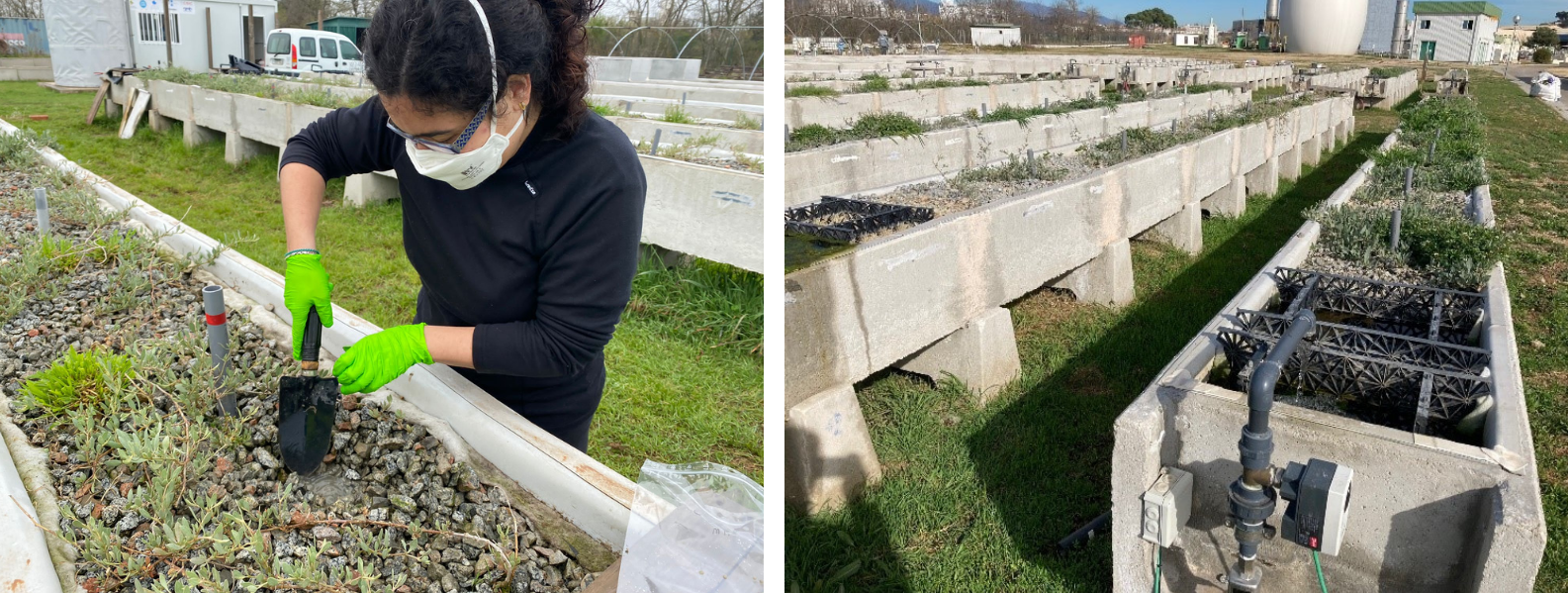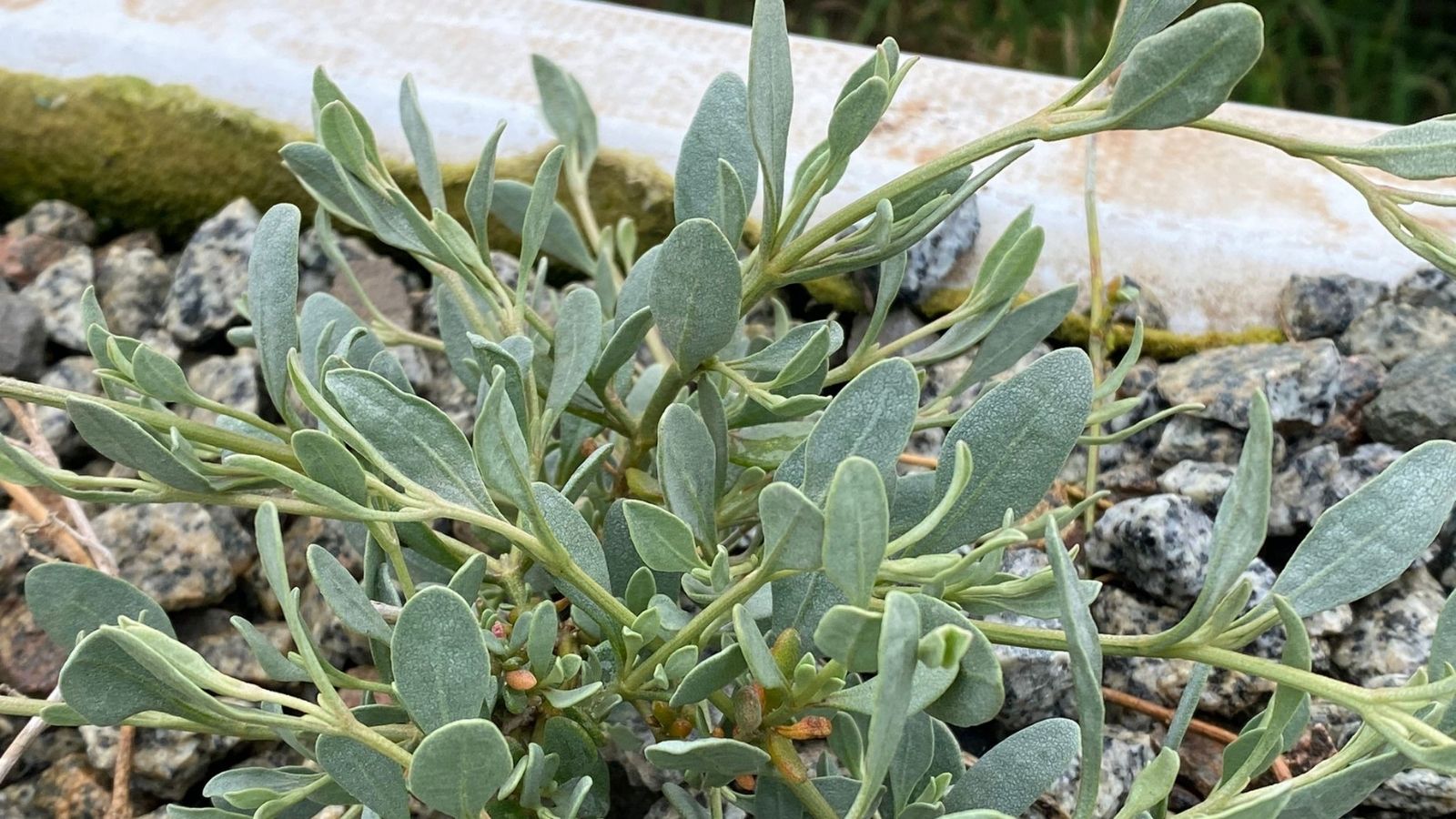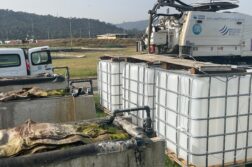A new study has demonstrated the ability of a halophytic plant, Atriplex portulacoides, to mitigate the increase in salinity in fresh water caused by human activity and climate change. This plant, which receives the common name of sea purslane, grows on coastal sands.
The study has been carried out within the framework of the OPERANDUM Project led by the company Naturalea, together with researchers from the Center for Advanced Studies (CEAB-CSIC), the University of Barcelona (UB) and the Besòs Tordera Consortium team.
Halophytic plants such as sea purslane are tolerant to salt from the environment where they grow. This characteristic can give them a certain tolerance against increases in salinity and their regulation, which is why their use in bioremediation is being studied.

In particular, this study has evaluated how the increase in freshwater salinity influences the sodium retention capacity of A. portulacoides, a halophyte with great potential for the recovery and phytoremediation of saline soils.
In Spain, this plant can be found naturally throughout the Mediterranean area, so its use as a tool to mitigate the effects of saline intrusion in restoration projects would be feasible and efficient. Due to the similar behavior of other halophytes, it is estimated that the results obtained in this study can be extrapolated to other species, such as Arthrocnemum sp or Salicornia sp, which grow in halobic or brackish systems.
The higher the salinity, the higher the sodium retention capacity
The experiment has been carried out at the facilities of the Urban River Lab(URL), an experimental platform with 12 artificial channels of 12 meters in length, dedicated to the study of highly anthropized rivers that receive contributions from effluents from wastewater treatment plants (WWTP). ). The Urban River Lab is located within the facilities of the Montornès del Vallès WWTP (Barcelona). For the experiment, several sea purslane plants were placed in nine canals with three salinity levels: 2.5; 10 and 30 mS/cm (as a reference, the salinity of the sea is 50-55 mS/cm).

Subsequently, the scientists measured the amount of sodium accumulated in each of the plants, and have seen that the amount of sodium retained in the leaves is greater than that retained in the rest of the plant, regardless of the degree of salinity.
On the other hand, the sodium content in the leaves, stems and roots tends to increase as the salinity of the water increases. However, it has been observed that this increase in sodium retention is not proportional to the increase in salinity of the water, but rather is considerably greater. In fact, a 3-fold increase in water salinity leads to a 10-fold increase in sodium retention capacity in plants, according to data from the experiment.
“Combining the data on sodium retention rates obtained at the URL with the density data of A. portulacoides in natural environments, we have seen that these plants could retain up to 1 kg of sodium per cubic meter of water daily,” details Eugènia Martí Roca, CEAB-CSIC researcher.
The scientists explain that these retention values and the efficient response of the plant in relation to increases in salinity show that A. portulacoides can be used as a bioremediation strategy to mitigate the problems associated with the salinization of fresh water derived from human activities.
OPERANDUM project, reduction of hydro-meteorological risks with solutions based on nature
Climate change drives increasingly extreme weather events, with impacts on a global scale. To mitigate its effects and those derived from human activity, nature-based solutions (also known as NBS) are studied.
The OPERANDUM project, started last July, focuses on reducing meteorological and hydrological risks derived from climate change with the design, implementation and demonstration of NBS in small open-air laboratories. These “Open-Air Laboratories” (OAL) are study areas, some of which are located in areas protected by UNESCO and Natural Parks, with years of research where different environmental problems are found (floods, droughts, landslides, salinization of spaces…) that seek to minimize or solve with the design, application and monitoring of different NBS.
The OPERANDUM Project is funded by the European Union within the framework of the H2020 projects.



